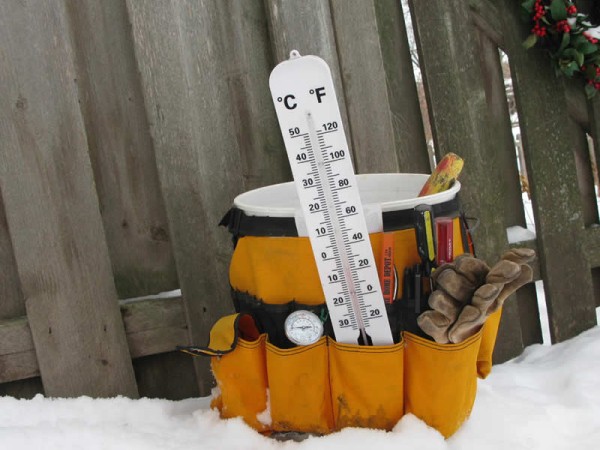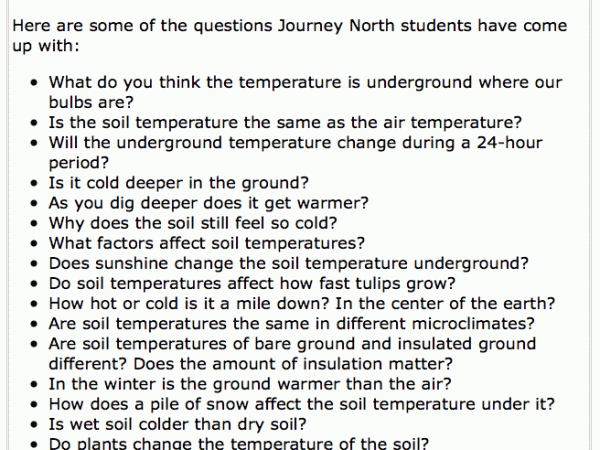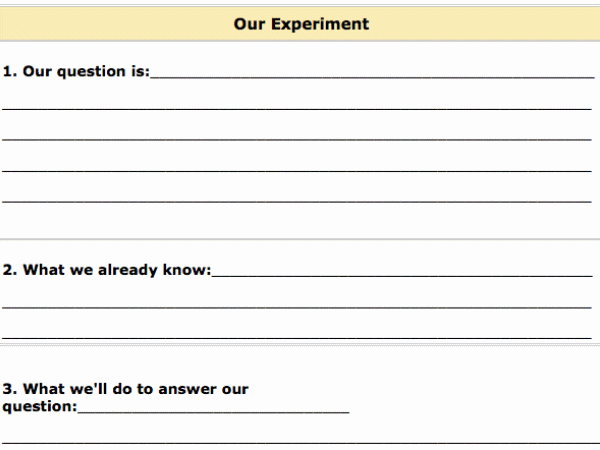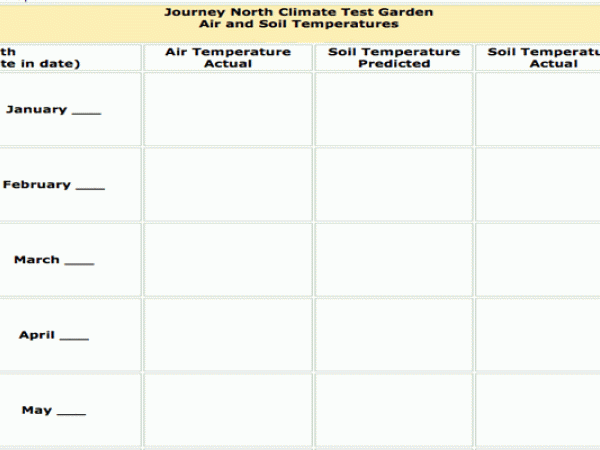Investigating Soil Temps
After planting your official test garden, explore how soil temperatures could affect plant growth by asking questions, making hypotheses, and planning investigations in which you collect and analyze soil data.
1. Introduce Topic and Spark Curiosity
Gather students around your test garden with a bucket filled with objects that could be used to explore air and soil temperatures: air and soil thermometers, rulers or meter sticks, trowel, science notebooks, pencils, etc. Ask questions as you reveal each item in the bucket: How do you think the air temperature compares to soil temperatures? How do soil temperatures change from morning to night? Do soil temperatures change quickly or at a slow pace? Encourage students to share their questions and predictions as you reveal each object in the bucket.
2. Identify Testable Questions
As a class, list some questions you asked when discussing the artifacts. Add more questions to the list of sample questions, and identify which ones are testable. As you consider different questions, encourage students to share how they could collect measurement data and scientifically document soil temperature investigations.
3. Design Investigations
Divide students into groups. Let members discuss which questions most interest them and then decide on one to explore. Use the journal page to organize each group's plan for their investigation.
4. Collect, Organize, and Share Data
Review use of measurement tools. Provide time for students to collect, organize, and share their soil temperature data.
5. Analyze Data and Ask New Questions
Ask questions that help students identify patterns, summarize findings, compare data, and pose possible explanations for unexpected results. Encourage your young scientists to pose new questions related to soil temperatures for future investigations.
Tools for Investigating Soil Temperatures



